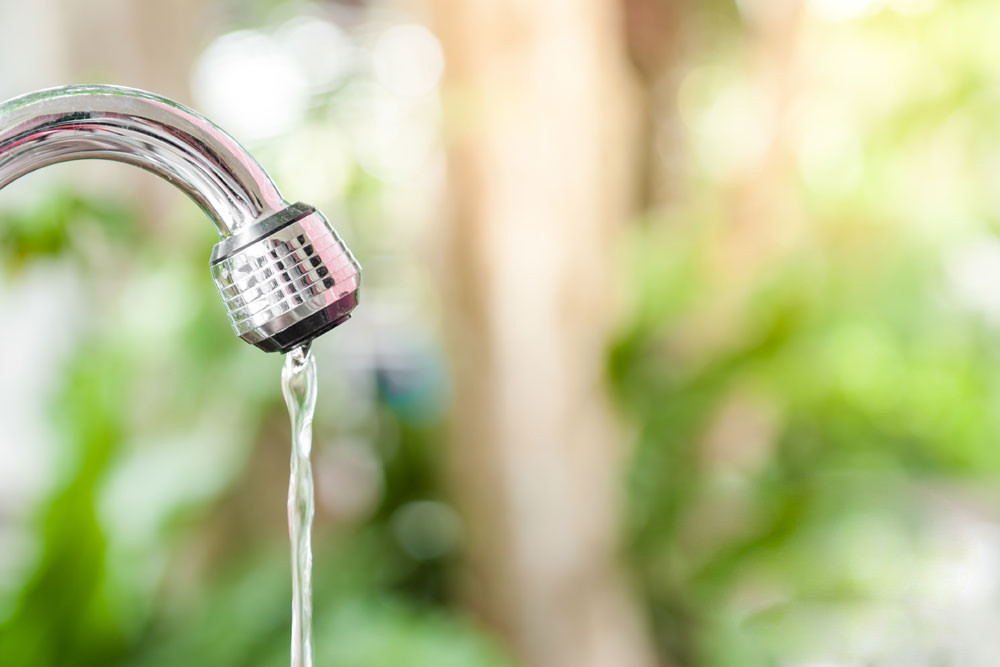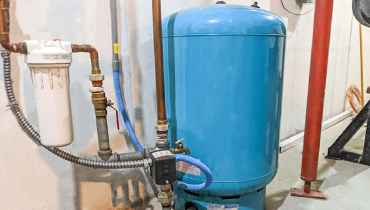Straightforward Steps to Improve Low Water Pressure in Your Home
Straightforward Steps to Improve Low Water Pressure in Your Home
Blog Article
They are making a number of great pointers relating to Dealing with Low Water Pressure in Your Home in general in this great article directly below.

Low tide stress in your home can be a frustrating issue, influencing everything from showering to cleaning dishes. If you're experiencing weak water flow, there are a number of possible reasons and services to check out. In this overview, we'll review usual reasons for low water stress and useful steps to address the problem effectively.
Intro to Low Tide Stress
Low tide pressure happens when the flow of water from your taps, showers, and various other components is weak than common. This can make daily tasks more challenging and less reliable. Understanding the root causes of low tide pressure is important to finding the best option.
Usual Sources Of Low Water Stress
Faulty Stress Regulatory Authorities
Pressure regulatory authorities are accountable for preserving regular water pressure in your house. If they malfunction, it can result in low water pressure or uneven flow throughout the house.
Local Water System Issues
In some cases, the problem lies outside your home. Local supply of water problems, such as main line leaks or maintenance job, can briefly reduce water stress in your location.
Pipe Obstructions
Over time, pipelines can come to be obstructed with mineral deposits, sediment, or particles, limiting the flow of water. This is a typical concern in older homes with galvanized steel pipelines.
Deterioration
Deterioration within pipelines can lead to leakages and decreased water stress. Rust accumulation can restrict water flow, especially in aging plumbing systems.
Just How to Identify Low Tide Stress
Examining Pipes
Examine noticeable pipelines for indicators of leakages, rust, or clogs. Focus on any type of uncommon noises, such as knocking or rattling pipelines, which could suggest issues within the plumbing system.
Consulting with a Plumber
If you're not able to pinpoint the source of low water pressure, think about hiring an expert plumber to perform a thorough assessment. They can recognize underlying problems and suggest suitable remedies.
Examining Taps and Components
Begin by testing the water stress at different faucets and components throughout your home. If the concern is separated to details areas, it may show localized issues.
Do It Yourself Solutions to Deal With Low Tide Pressure
Flushing Hot Water Heater
Debris accumulation in the hot water heater can restrict flow and reduce efficiency. Flushing the tank periodically assists eliminate debris and maintain optimal efficiency.
Examining Stress Regulator
Guarantee that the pressure regulator is operating correctly. Readjusting or replacing the regulatory authority can assist restore correct water stress throughout your home.
Cleansing Aerators and Showerheads
Mineral deposits can gather in aerators and showerheads, decreasing water circulation. Get rid of and cleanse these elements regularly to improve water stress.
Cleaning Clogs in Water Lines
For minor blockages, try utilizing a plumbing snake or chemical drain cleaner to clear obstructions in pipes. Beware when using chemicals and follow safety and security guidelines.
When to Call a Specialist Plumber
If do it yourself efforts stop working to deal with the problem or if you think considerable plumbing problems, it's ideal to look for help from a qualified plumber. They have the experience and tools to deal with complex concerns safely and efficiently.
Preventive Measures to Preserve Water Pressure
Installing a Stress Booster
Think about installing a pressure booster pump to boost water pressure in areas with constantly low flow. This can be particularly valuable for multi-story homes or buildings with high-demand fixtures.
Monitoring Water Usage
Bear in mind water usage routines and prevent ill-using the plumbing system. Basic changes, such as shocking showers and laundry tons, can aid keep sufficient water stress.
Routine Maintenance
Set up regular maintenance for your plumbing system to avoid concerns such as corrosion, leakages, and obstructions. Addressing small troubles early can help stay clear of even more considerable repair work in the future.
Conclusion
Taking care of low tide stress can be aggravating, yet identifying the underlying reasons and carrying out ideal solutions can recover ideal circulation throughout your home. Whether it's cleaning up aerators, evaluating pipelines, or consulting with a plumber, taking aggressive steps can ensure a constant supply of water for your daily requirements.
FOUR WAYS TO FIX LOW WATER PRESSURE NOW
Turning on a shower or faucet only to find the water comes out in a sad, slow drizzle is never a good feeling. How exactly are you supposed to wash a pan or take a quick shower when it takes 10 minutes just to rinse off a little soap? The good news is that when your water pressure is bad, there's always a cause: typically one that can be easily fixed. Here are some of the most common causes of low pressure and what you can do to fix the issue:
DEBRIS AND MINERAL DEPOSIT BUILDUPS
If you notice low water pressure from just one or two of the fixtures in your house, the problem likely has to do with debris buildup. Water is full of minerals and other debris, all of which can accumulate in your pipes and on your fixtures. This can cause a blockage that affects how much water flows through. To fix this, try filling a small plastic bag with white vinegar, and use a rubber band to hang it around your showerhead or faucet. Let the head of the fixture soak for a few hours, and the vinegar should loosen the deposits.
WATER LEAKS
Leaks are another common cause of low water pressure. If water is flowing out of your plumbing through a hole or crack before it can reach your fixture, the pressure coming out of the faucet or showerhead will be lower. A plumbing professional is your best bet for finding and repairing a leak in your water supply pipes.
Leaks are another common cause of low water pressure. If water is flowing out of your plumbing through a hole or crack before it can reach your fixture, the pressure coming out of the faucet or showerhead will be lower. A plumbing professional is your best bet for finding and repairing a leak in your water supply pipes.
A VALVE ISSUE
If you have low water pressure throughout your home, check your main shut-off valve to make sure it's completely open. You may also want to see if there's a pressure-reducing valve installed. If there is, have a plumber help you adjust the settings to get the pressure you're looking for.
OTHERS USING WATER
Believe it or not, your low water pressure could be caused by your neighbors. If you notice low pressure at certain times of day, it may be because you and the people living next to you have similar schedules - when everyone is showering at the same time, the pressure will be lower in every home. Low pressure throughout the neighborhood may also be caused by an issue with your municipal water supply. If that's the case, call the supplier to see if they're working on the issue.
https://www.rotorooter.com/blog/water-leaking/low-water-pressure-fixes/

As an avid reader about 10 Reasons for Low Water Pressure in Your House, I was thinking sharing that excerpt was a good thing. Are you aware of another individual who is fascinated about the niche? Be sure share it. I appreciate your readership.
Call Today Report this page